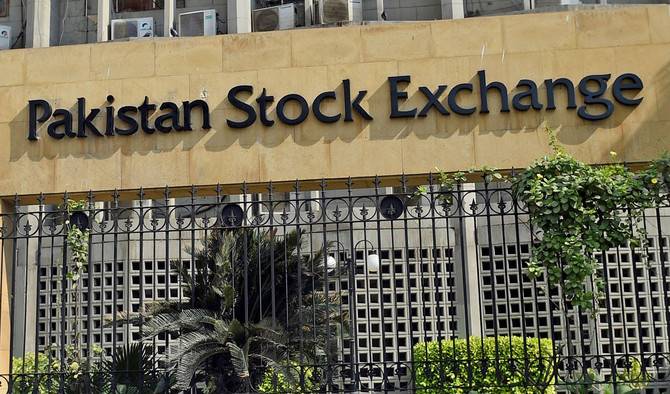

AMSTERDAM – Sitting inside the minimalist-chic interior of Nestle, you’d never guess it used to be a wind turbine. From the outside, though, the tiny home’s former life is more apparent. Nestle has a caravan-like aesthetic: a cream-colored, elongated metal box topped with four solar panels and a single skylight. Inside, glass doors and windows at each end create a surprisingly light and airy space in the compact 35-square-meter (376-square-foot) pod. Nestle — a loose homonym of “nacelle,” the part of a wind turbine containing its engine — is made from a decommissioned, 20-year-old V80 2MW turbine donated by Business of Wind, a Dutch company that purchases used turbines for reuse. Marking the first time a nacelle has ever been used for housing, the Dutch building code-compliant home is an ambitious demonstration of the possibilities of upcycling, says Jos de Krieger, co-founder of Blade-Made, the company behind the project.
“This is basically the most complex thing that you can do with it,” said Krieger on a video call, who is also a partner at Dutch architecture firm Superuse Studios, one of the home’s designers. “So, all the other less complex things are now easier to imagine and to realize, because this has already been done.” Amid a global boom in onshore and offshore wind farming, turbine waste is expected to accelerate in the coming decades. Krieger hopes that projects like Nestle can provide an end-of-life alternative for decommissioned blades and nacelles. “Everything in the built environment — everything that you see around you — has an end of life,” said Krieger. “And we need solutions besides waste or landfill, incineration or something without value.” “Changing that perception is really something that has to happen in the eyes of everyone,” he said, calling for “processes that create stories, instead of waste.”






